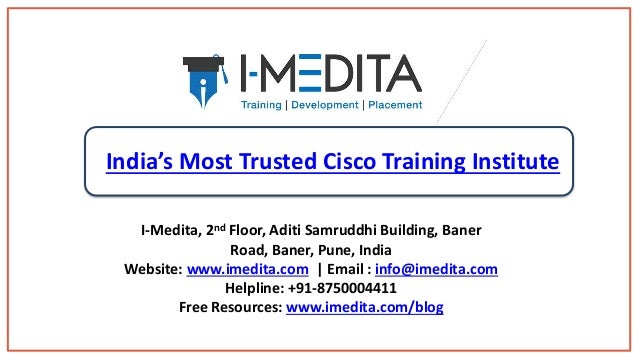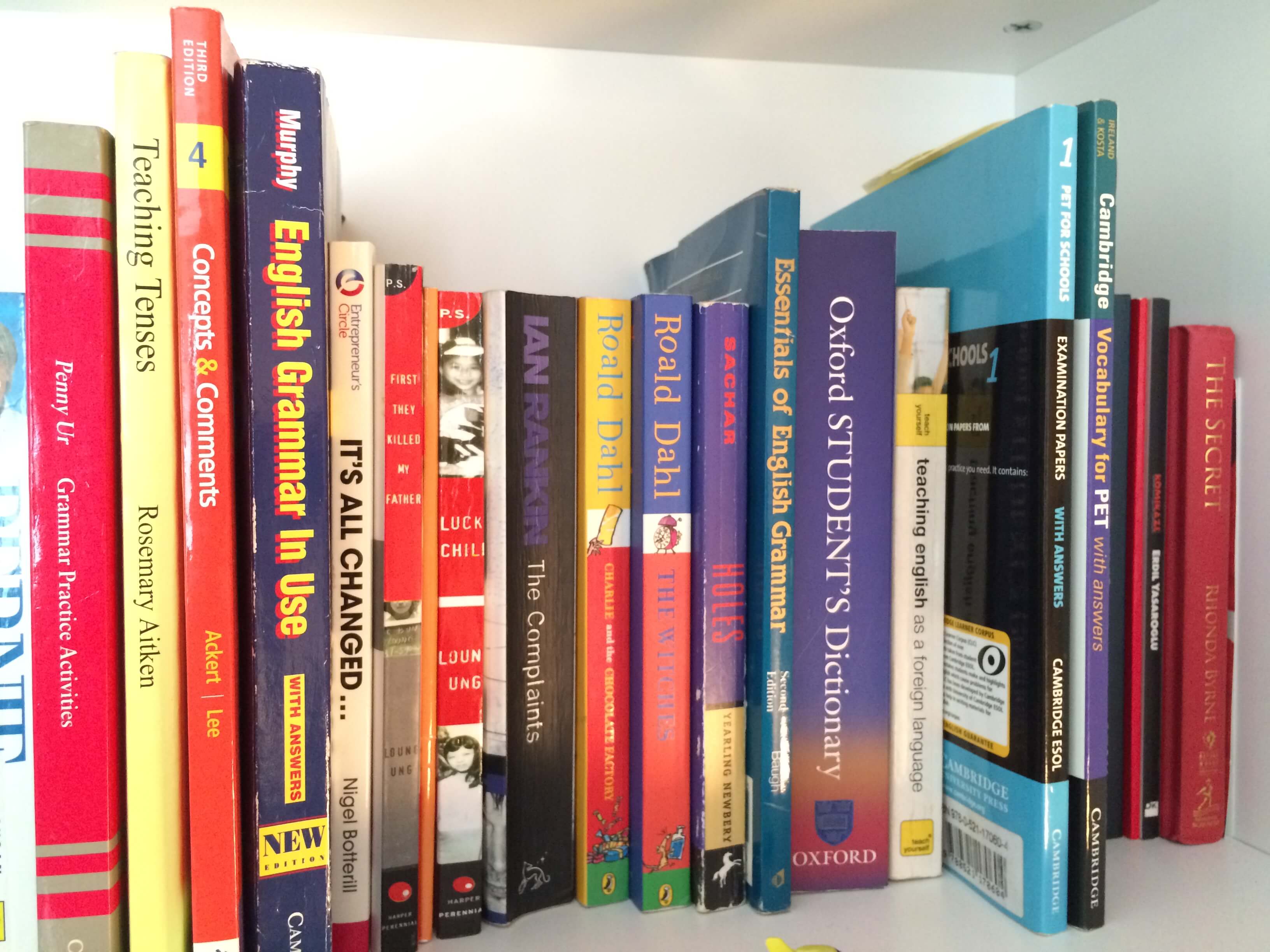Ccie Voice Books Free Download
Attention, Internet Explorer UserAnnouncement: Jive has discontinued support for Internet Explorer 7 and below.In order to provide the best platform for continued innovation, Jive no longer supports Internet Explorer 7.Jive will not function with this version of Internet Explorer. Please consider upgrading to Internet Explorer 8, 9, or 10, or trying another browser such as Firefox, Safari, or Google Chrome.(Please remember to honor your company's IT policies before installing new software!).
Working my way through written content right now which is soooooo boring. Using cciein8weeks.com for that material but I feel like despite not having my written completed yet, I want to just straight into labs and augment my knowledge by attempting labs and reading up on sections as I get stuck. Almost everyone I talk says not to attack it this way but has any one had success like this? I have no problems spending 12 hours straight in a lab but I get instant narcolepsy from extended periods of reading. If you subscribe to the theory of, then not everyone learns by reading. Which is the reason you see a lot of courses taught with classroom/video, written, and lab work all together.
I actually think it is more complex than that, at least for myself. I can only learn a task by doing, but why I perform a task typically only comes from reading and that only happens after my interest in the reason why was piqued during doing. Classroom and videos, I tend to tune out as I explore the spiderweb of information one topic can upend.In the end, if reading doesn't work for you, don't do it.
If it's not interesting, you won't retain it and you'll likely start to resent the path. Lab it up, play with it. Do a few exercises and when you start wondering why you do something, pick up a book or start reading some online articles about the technology.Even better, learn the history of why that protocol was developed in the first place. What problem did that protocol fix? As an example, take Spanning Tree.
The problem was they needed a way to make networks redundant, but still allow broadcasts. They decided the best way to ensure a loop free network was to make it a tree (graph theory).
Every tree has a root. (At this point, you may even decide to go down the graph theory road if you're interested). How do we determine what that root is? There are many ways.
Ccna Books

Aassign a device. Measure the breadth of a network and determine the center. Measure the depth and determine the who has the shortest path to all other nodes. Who came on first. Who has the lowest system ID.In the end they decided who has the lowest system ID, which would be a MAC address. This means you will always have a root bridge. But it also means you can't assign one so they decided to also include a priority.
As the selection was lowest system ID (still don't have a good reason why they chose lowest) it made sense to also have 'lowest' priority and put it in front of the system ID. Then you could just do a less than operation and see who's lower, me or him. Then you have to communicate on a standard with all switches. The BPDU came about. And how to determine distance to the root-Link Cost.

And how if you have the same distance you still have one and only one link to the root-Root Port Selection Algorith. And then, holy crap this is unsecure and anyone could take over root if they want-Root Guard. And I don't want all of my VLANs to have the same root-PVST. And we didn't think it would be an issue originally, but we want to trust edge ports so they don't take 30+ seconds to start working-Port Fast.
But then that guy who thought he needed extra redundancy in his little network on his floor plugs switch to switch-BPDU Guard. If we have a direct link failure on our Root Port, we could assign the next root port immediately without causing a loop-Uplink Fast. Rather than wait on timers and ignore all of those inferior BPDU's, why don't we use some of that information to speed up Spanning Tree convergence-Backbone Fast.
That's a lot of protocols that help everyone, but are Cisco proprietary-RSTP.I'm not saying this will work for you, but anytime I take a junior engineer who's been configuring ports for the last year and doesn't know why we do it, just that we do, and ask them why we do it they get all glazed over or spout the text book definition. Then I ask them what problem it solved and very few can explain why.
So I take them on a little history lesson and a scenario and ask what they'd do to fix that problem. Usually, it's the same as what the super smart people did.Edit: If you really want to get into some great theory, research the Travelling Salesman problem as to the reasons why performing a breadth or depth search to determine the best root of a tree isn't 'trivial'.
Comments are closed.